Cavities have been the bane of dentists for ages, and science has always put a foot forward to potentially end cavities for good. This common, often reoccurring dental problem has cost thousands of dollars to remove and repair, leading many people to avoid going to the dentist altogether, further impeding their oral health and the dental care industry. While dentistry has a long way to go, innovations may potentially help end cavities for good. Today’s most oral care relies heavily on at-home treatments to supplement this constant battle. Still, we can potentially end it solidly for people in need by understanding how this bacteria works.
What Dentistry Has Developed For Fighting Cavities
While most of the dental industry’s focused on providing better restorative solutions, one source indicates that there’s still much to discover about the bacteria that cause cavities in the first place. What many dentists known about cavities is that the Streptococcus mutans strain most often causes it. It is considered a primary contributor towards the formation of tartar, plaque, and cavity development. Cavities often prevail due to their persistence along with the tooth’s enamel. Cavities are so common that over 90% of people over the age of 20 will have had at least one cavity during childhood.
With that consist of a percentage, here’s what many dentists and researchers currently know about how cavities develop:
• White Spots Formations: White spot lesions form on the teeth’ surface and are often the first sign of cavities, often occurring due to either over-fluoridation or demineralization.
• Enamel Degeneration: Demineralization precedes degeneration of the enamel layer, the outer, hardest layer of the tooth. Once the enamel is lost, it cannot be replaced naturally but only repaired.
• Dentin Decay: Once bacteria penetrates the enamel, it attacks the dentin layer, leading to pain, sensitivity, and decay
• Pulp Infections: If the early signs of a cavity haven’t been noticed, the bacteria can travel to the pulp, where an infection can form, leading to serious pain and root canal treatments.
• Formation of Abscesses: When the bacteria get into the pulp for long periods, the bacteria also travels to the root and gum line, causing an abscess, which needs to be disinfected and cleaned. Normally, at this stage, tooth loss also occurs.
Our current methods of eliminating the bacteria revolve heavily around professional cleanings, oral hygiene habits, and investments into preventative research. As for cures, some research has shown some potential answers.
Researching Towards A Cavity-Free Future
Studies from the Journal of Inorganic Biochemistry showcase a substance called cerium oxide nanoparticle solution – this solution potentially offers hope for those more prone to cavity development and has been developed as an extensive preventative measure that eliminates the biofilm of the Streptococcus mutans strain by up to 40%. Even while this percentage doesn’t eliminate the development of cavities, more research is needed in preventative and restorative fields to encourage healthier solutions to common oral health problems.




